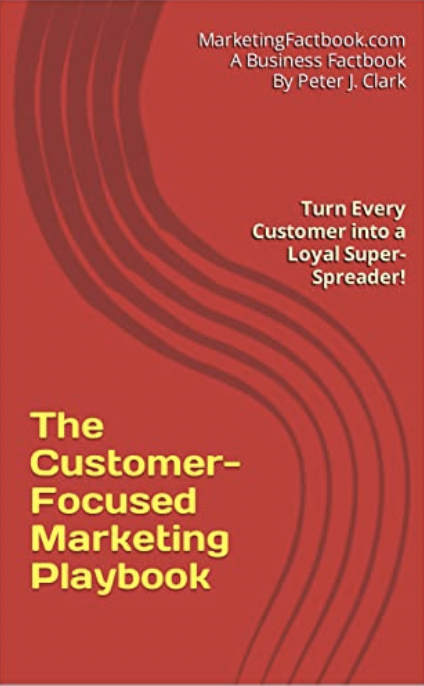Marketing Continuity: It's time to Get Personal
Perhaps the most difficult identity-driven marketing tactic to put into practice, personalisation requires real-time responsiveness and relies on highly accurate and comprehensive customer data, according to Russell Loarridge at Janrain.
A survey of CMOs conducted in 2014 indicated that a majority of marketers believed that personalisation would become the "most important" capability for their teams in coming years; other research says that despite understanding its potential-that potential is undervalued as new customer acquisition remains the primary focus.
Personalisation doesn't strictly mean ensuring that every customer receives a completely unique and customised message every time a company communicates with them-the inherent scalability challenges in that strategy would make any marketer balk-or laugh. Rather, personalisation leverages the data you already have-or that has been provided to you-to create a meaningful experience for an individual customer.
Executing on Personalisation
Data isn't useful until it has been translated into insights-and insights drive personalised experiences. Truly one-to-one marketing goes deeper to enable customised experiences based on individual-level data, such as self-declared affinities and interests or past transaction history. While enabled at a systems-level by personalisation engines and tools, you must begin with the right identity data inputs in order to make it work at scale.
- Start simple, and build increasingly personalised experiences over time. Personalisation might begin with greeting a repeat visitor to your digital property with a "Hi, NAME" or even a "Welcome Back!" message. The little things can often make a big difference in helping customers feel closer and more connected with your brand, and less like a stranger each time they come back to engage with you.
- Use the data you have to inform the next interaction. Even if you only have demographic information to start, look-alike modelling and the development of personas can help you use past behavioural and transactional data to make inferences about other customers who share similar characteristics.
- Leverage progressive profiling and other interactive ways to get your customers to tell you what they want-but put that data to use. Identity data is the key to creating personalised interactions, and customers will be more likely to give you theirs if they believe they'll receive value in exchange. For example, Birchbox, Stitch Fix, and many other subscription services also leverage robust profiling tools that are fun for customers to complete and collect highly valuable and detailed customer data that allows these companies to personalise the products they deliver and ensure customer satisfaction.
"Most marketing organisations are yet to implement systems and processes that enable true one-to-one marketing experiences but, the ones that do, will be far ahead of the competition in terms of differentiation and added value," concluded Loarridge.
Sources: Janrain / The Marketing Factbook.
Copyright © 2015 - 2025 The Marketing Factbook.
Categorised as:
- Customer Experience
- Knowing The Customer
- Marketing Know-How
- Marketing Technology
